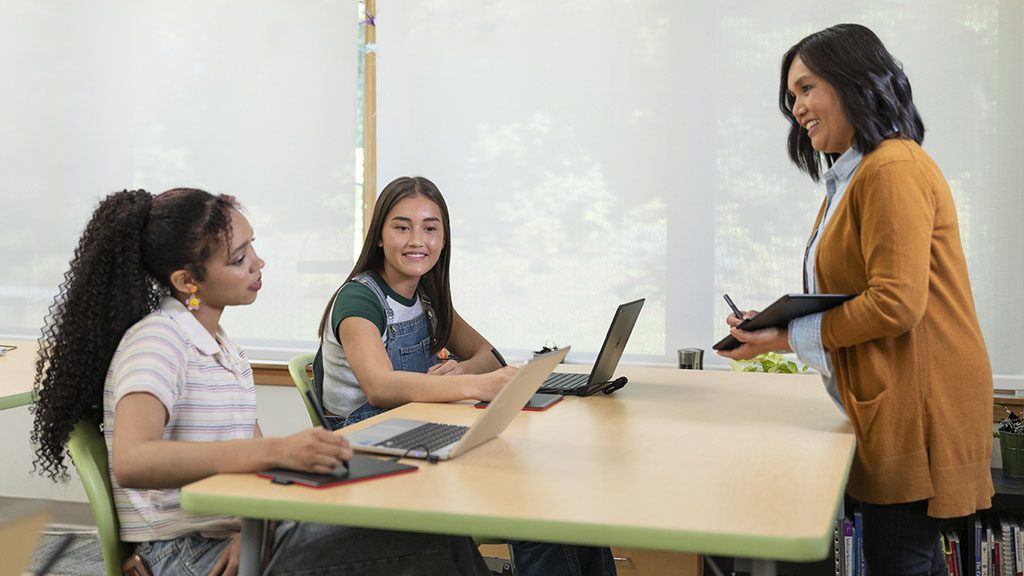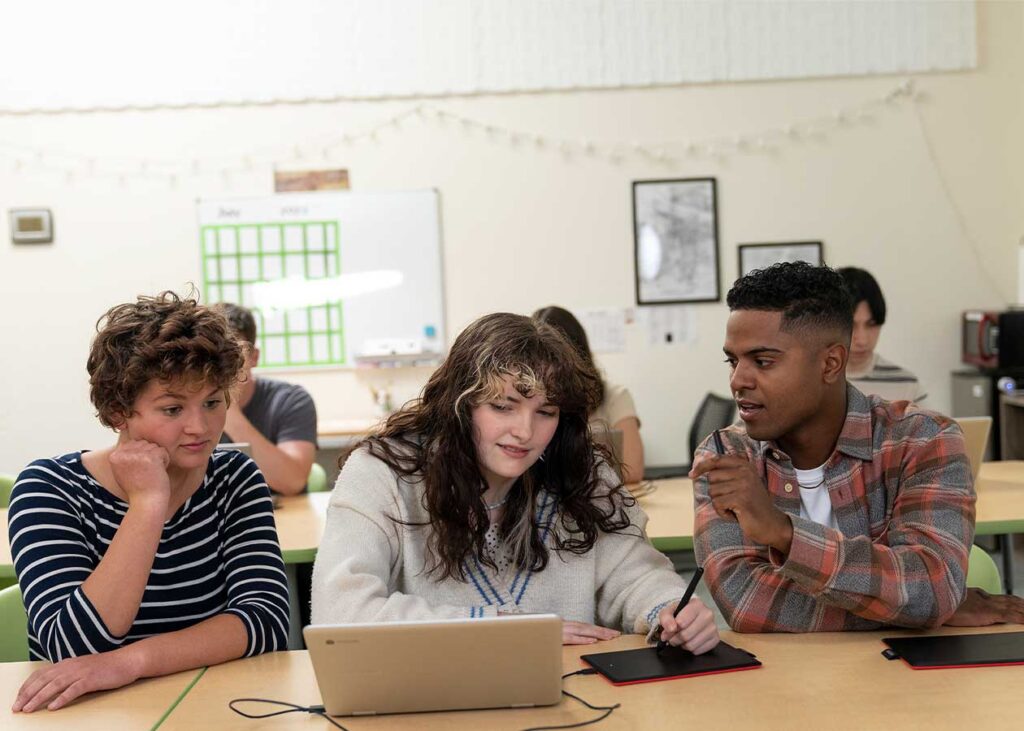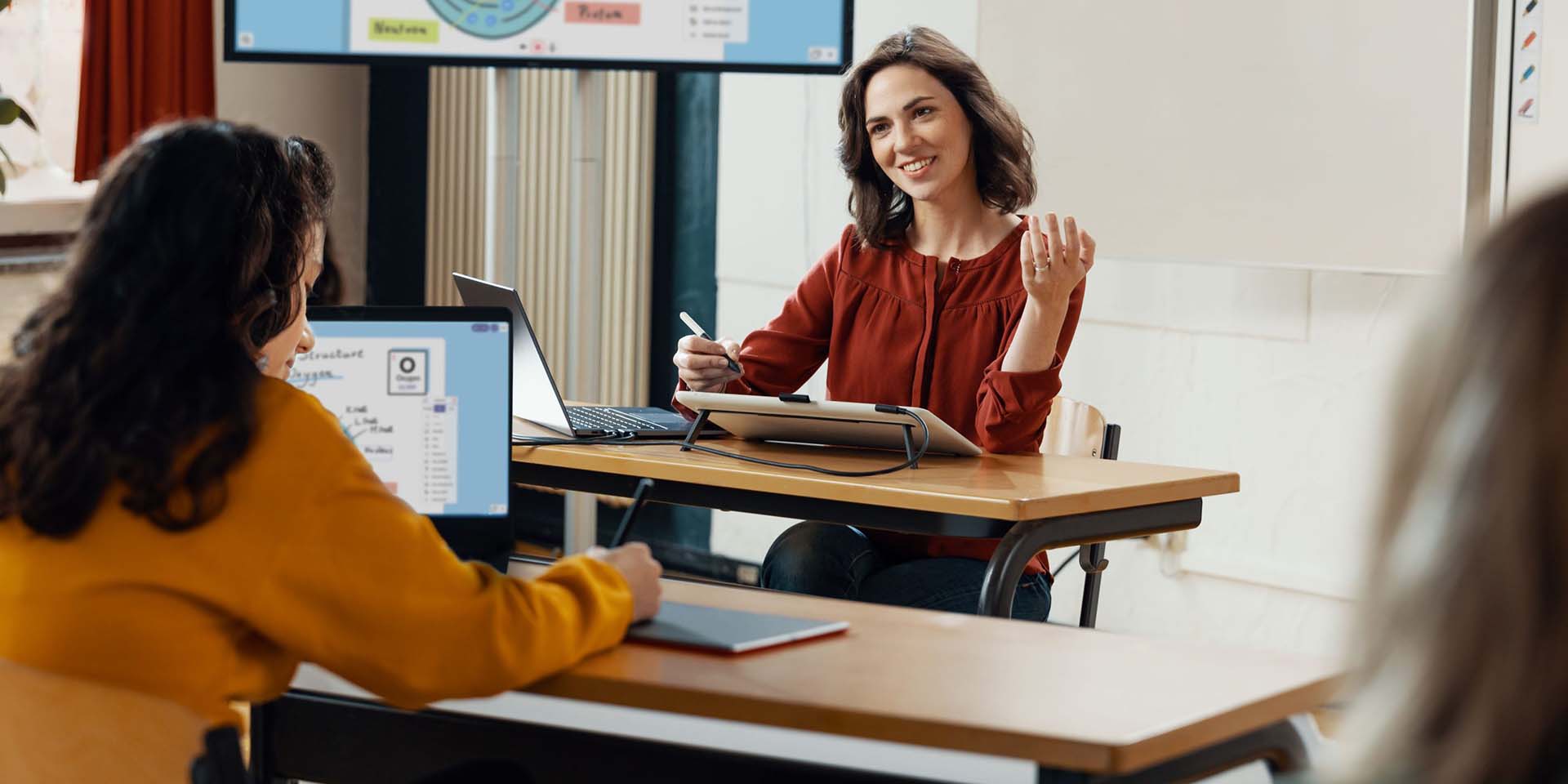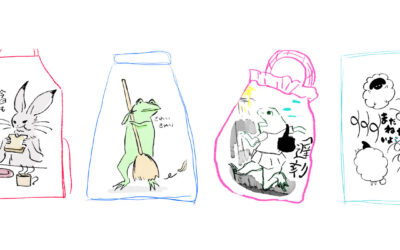There are many benefits for students of infusing creativity in the classroom. This is part one in a three-part series; check out part two here and part three here.
As educators, we are always looking for ways to enhance our students’ learning experiences. One way to achieve this is by infusing creative outlets into classroom routines. Creative activities provide numerous benefits to students in both academic and non-academic areas, making it a valuable addition to any classroom. This is the first post in a series, “Infusing Creativity into Classroom Routines.” In this post, we will be exploring the benefits of providing creative outlets to students in the classroom.
Improved academic performance
Engaging in creative activities can be a way improve academic performance. Studies have shown that music education, for example, can improve language acquisition, reading skills, and mathematical abilities. In addition, art and drama activities can help students to develop critical thinking skills and improve their ability to analyze and interpret information. By incorporating creative activities into classroom routines, teachers can help students develop a deeper understanding of academic content while also fostering their creativity.

Enhanced problem-solving and critical thinking skills
Creative activities give students the opportunity to think outside of the box, solve problems, and think critically. By incorporating creative activities into classroom routines, educators can help students develop these essential skills which are crucial for success in academic and professional settings. For example, drama activities can help students develop empathy and perspective-taking skills, while visual arts activities can help students express and regulate their emotions.
Increased motivation and engagement
When students are given opportunities to express themselves creatively, they often become more motivated and engaged in their learning. This can lead to improved academic performance and a more positive attitude towards school. Educators who encourage creative expression can help students develop a passion for learning that can last a lifetime.
Improved physical and mental health
Another positive impact of creative activities is on students’ physical and mental health. Research has shown that engaging in creative activities such as music, dance, and art can reduce stress, improve mood, and promote physical fitness. For example, a study found that music and dance activities had a positive impact on physical fitness and stress reduction in adults. Other research has shown that engaging in art-making has a connection to health and well-being. This can carry over to help students develop healthy habits that can improve their overall well-being.

Improved social and emotional development
Art activities in the classroom can have a significant impact on students’ social and emotional health. By engaging in creative activities such as drawing, painting, and sculpting, students are given a means of expressing themselves in a nonverbal manner. This can be beneficial for students who may struggle with verbal communication or expressing their emotions. Art is also a great way to connect with others. Students can share and collaborate on projects together, giving them an opportunity to build relationships and strengthen social bonds. Consider adding art activities to the classroom routine to impact students’ social and emotional health.
Increased career readiness
Creativity is a highly valued skill in the workforce, and engaging in creative activities can help students develop the skills they need to be successful in their future careers. Creative activities can help students develop problem-solving skills, adaptability, and the ability to think creatively. Teachers who prioritize creative activities in the classroom can help prepare their students for the ever-changing demands of the workforce.
Providing creative outlets to students in the classroom can have numerous benefits for their academic and personal development. By fostering creativity in the classroom we can help our students become successful learners and members of society.
The next blog post in this series will focus on how creativity can improve learning experiences, with the final post sharing examples of how and when to infuse creative activities into your classroom routine. Check out that post here.







